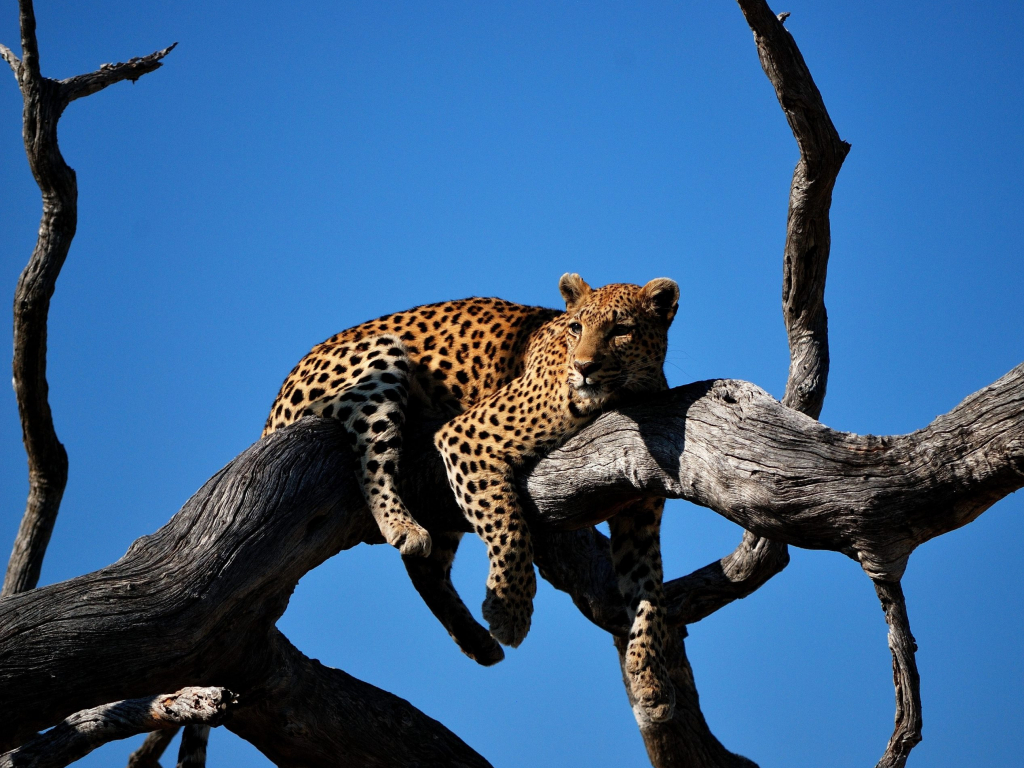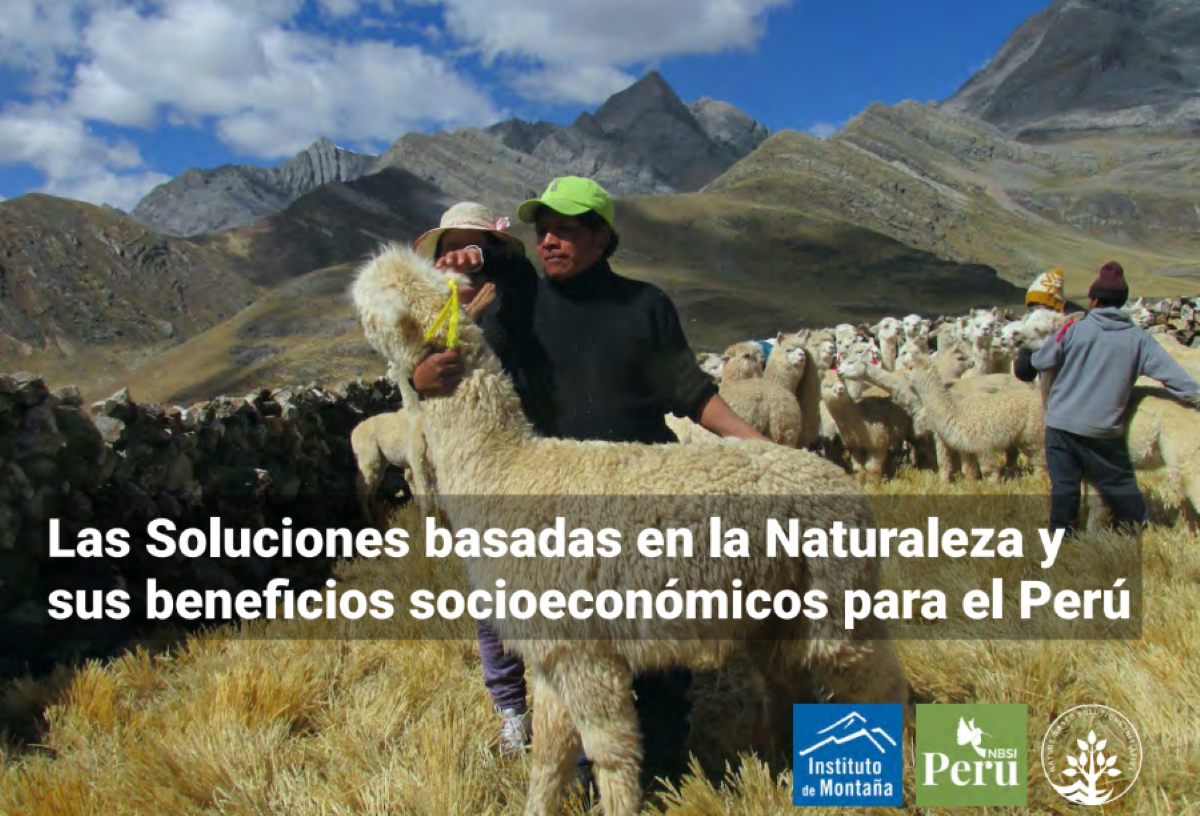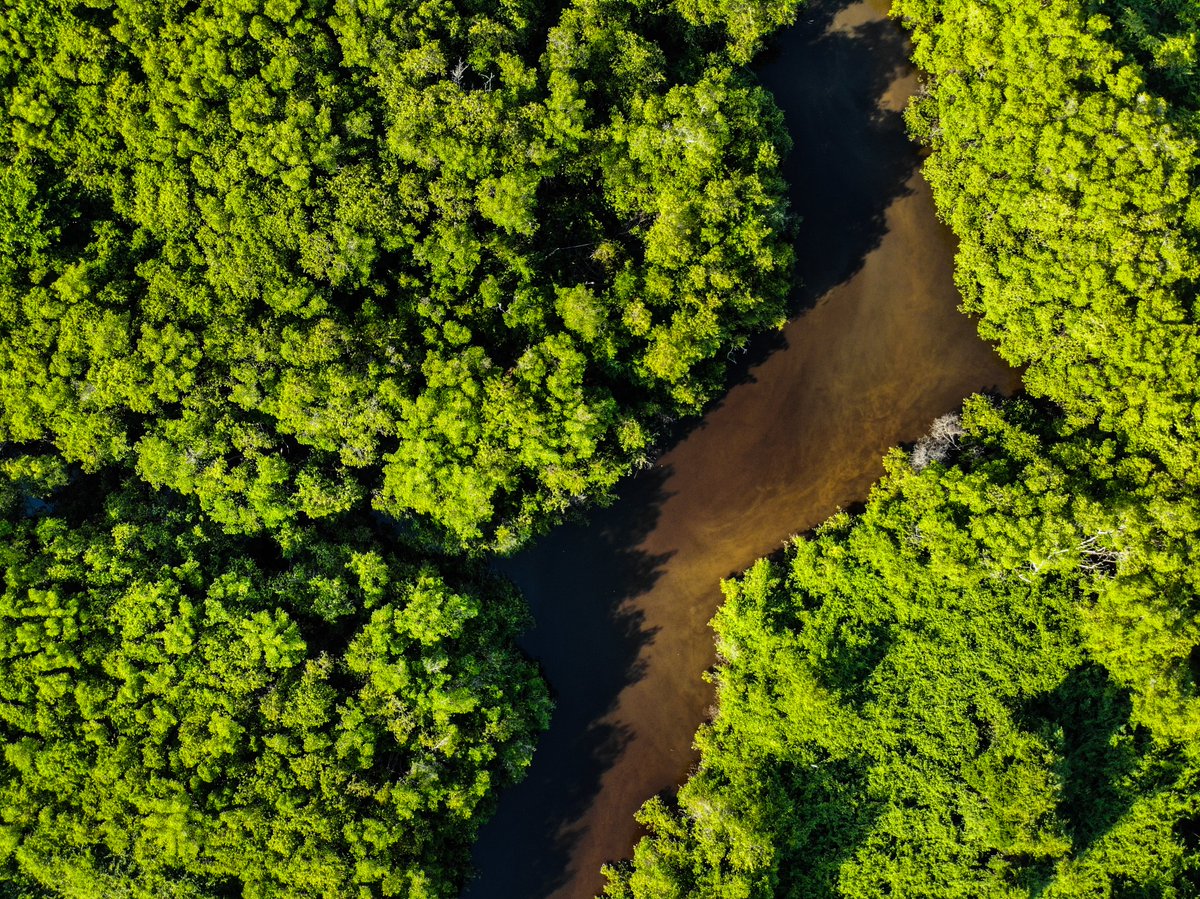Increased success in large carnivore translocations and rewilding

A new study in the journal Biological Conservation, a team of researchers led by the NbSI’s Seth Thomas looked at factors which influence the success of large carnivore translocations and reintroductions. In their paper titled “Evaluating the performance of conservation translocations in large carnivores across the world” they examined the factors which can help influence the survival rate of these animals.
The study found that two thirds (66%) of the relocations were successful (where the animal survived in the wild for over 6 months). Success rates for large carnivore relocations have increased significantly since before 2007. For wild-born carnivores, success rates increased from 53% to 70%; and for captive-born animals, success rates doubled from 32 % to 64 %. They also found that factors such as choosing younger individuals and using ‘soft releases’ can help increase the likelihood of success.
Large carnivores play an important role in regulating their ecosystems, and thus their reintroductions are important to many landscape restoration projects. Here in the United Kingdom the research could help inform Eurasian lynx reintroductions, which could play a part in facilitating natural forest regeneration.
Prof Alastair Driver, the director of Rewilding Britain said, “This study could not come at a better time here in the UK, with the devolved governments at last consulting positively on the merits of species reintroductions and various groups working hard on the feasibility of reintroducing species such as the European Wildcat and Eurasian Lynx. […} I have no doubt that this will, in turn, lead to well-planned and implemented carnivore reintroductions which only 10 years ago, I would have thought inconceivable in my lifetime.”
The study does however caution that translocations remain a risky endeavor for the animals moved. They found that 33% of all translocations fail and of the successful translocations documented, only 37% showed reproductive behavior. This underpins the importance of involving local communities and stakeholders in all translocations in order to set the animals up for the highest likelihood for success.
Read the full article in Biological Conservation and check out the University and Biology Department coverage of the story to learn more.




